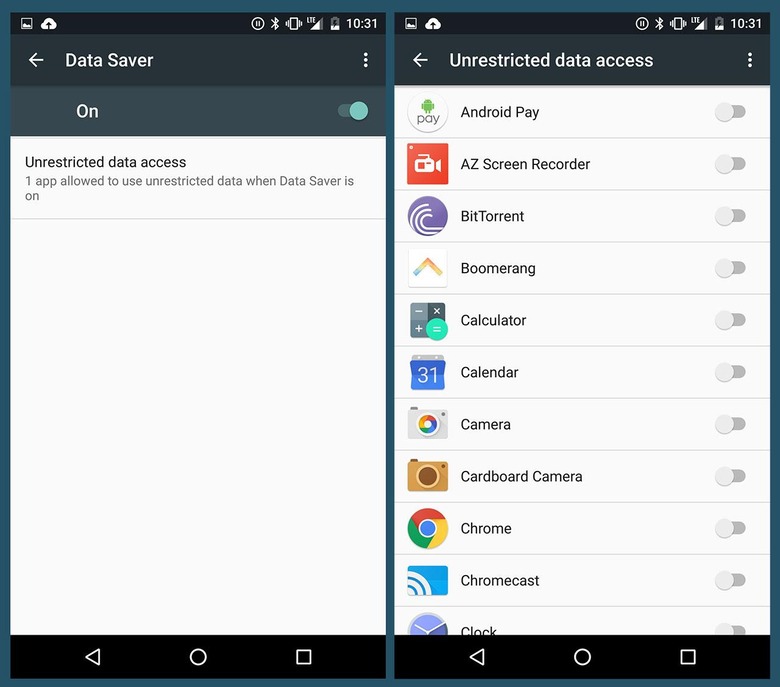5 Android N Features You'll Want Immediately
Google delivers Android N Developer Preview, an update to Android that includes several features that won't be delivered to the average Android phone for many months. If you're a Nexus user, however, you may be in luck. This release includes a new Android Beta program launch from Google, one that allows any user with a Nexus device to participate in early launches of new versions of Android in an easier fashion than was previously available. Before now it wasn't difficult, but it wasn't for everyone. Not everyone wants to type in codes to load Android. But we know you do.
This is the second of a series of Android N feature lists we're publishing here on SlashGear this week. Have a peek at our Android N feature list One as well.
Will you get these features on your device soon? That really depends on your carrier and your device's manufacturer. Or – if you have a Nexus device – it depends on how fast your internet connection is, because you can download Android N right now.
1. You'll want Data Saver (super data savings!)
This feature – like most features in Android N – will require that developers get onboard with the likes of integration. If no developer adopts this Data Saver code, you probably won't be saving much on data.

When the user enables Data Saver in their settings, apps of all sorts will be subject to lowered data usage. According to the official Android Developer document: " Apps should make an effort to limit data usage in the foreground and gracefully handle restrictions to background data usage."

You might already have a sort of data saver feature on your device right this minute. Head into Settings and find your Data Usage settings menu. Your Data Saver feature will be a sort of switch you can flip on or off.
2. You'll want Encryption Aware apps (super accessible apps!)
Once you get onboard with the whole "my device has encrypted data" train, you'll find that Google's latest update includes two different sorts of storage:
• Credential encrypted storage
• Device encrypted storage
These exist because of a new, secure, neat mode called Direct Boot mode. This occurs when a device has been powered on but the user has not unlocked the device.

Developers will need to include the ability to request access to run during direct boot in their apps. This way you won't have to unlock your phone with your passcode when you, for example, want to turn your morning alarm off.
A simpler version of this code exists today, but now that we're getting deeper in to the encrypted-secure universe, we're going to need a re-up of this action.
3. You'll want picture-in-picture mode (but you won't know why!)
Much like we've seen with YouTube over the past year or so, developers will be able to enable picture-in-picture mode for their apps.

While developers could enable this feature in their smartphone and/or tablet apps, functionality will be MUCH better suited to apps in Android TV. Imagine all the Puppy Bowl action you'll be able to witness while the Super Bowl is on!
4. You'll want bundled notifications (because you need to know ALL the things!)
If you've not already seen bundled notifications on Android Wear – now's your big chance. These notifications will be most helpful when you've got an app that wants to tell you EVERYTHING that's happening within it, but you don't necessarily need all that information in separate boxes in your notifications pull-down menu.
Previous versions of Android have included an "InboxStyle" code which stacked emails (for example) together in a single box.
Developers will be able to display heads-up notifications for each individual message you're receiving before they enter the stack.
5. You'll want Always-on VPN (walk through the valley of the shadow of private network connectivity!)
As a part of a collection of updates to devices via Android for Work, Google has included an "Always-On VPN" bit of functionality. Users like yourself are already able to enable VPNs in Settings > More > VPN (more than likely) – this just adds the ability to bind an app to a VPN, so to speak.

This functionality can require that work apps, for example, always connect to their network through a specified VPN. According to Google, "If owners set this requirement, the device automatically starts that VPN at boot time."
Drop down into our Android portal for more!
